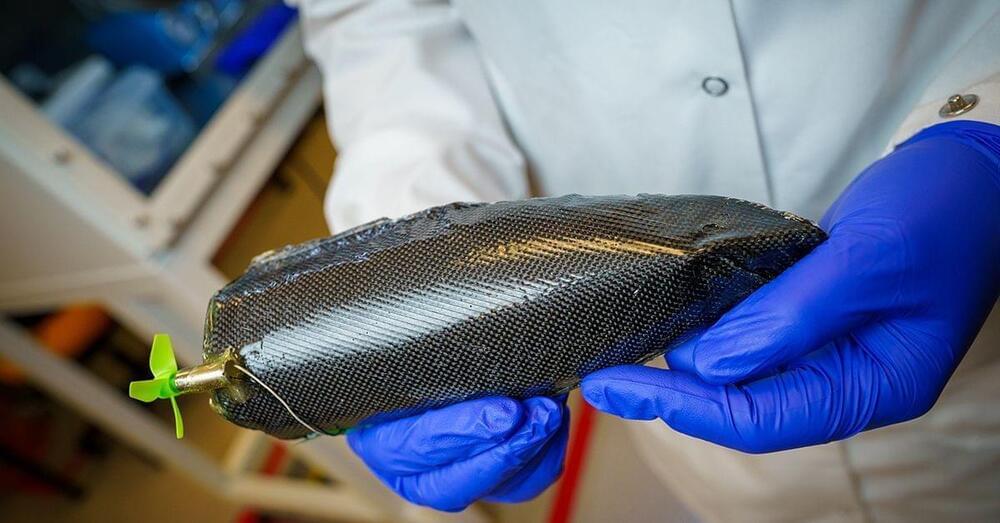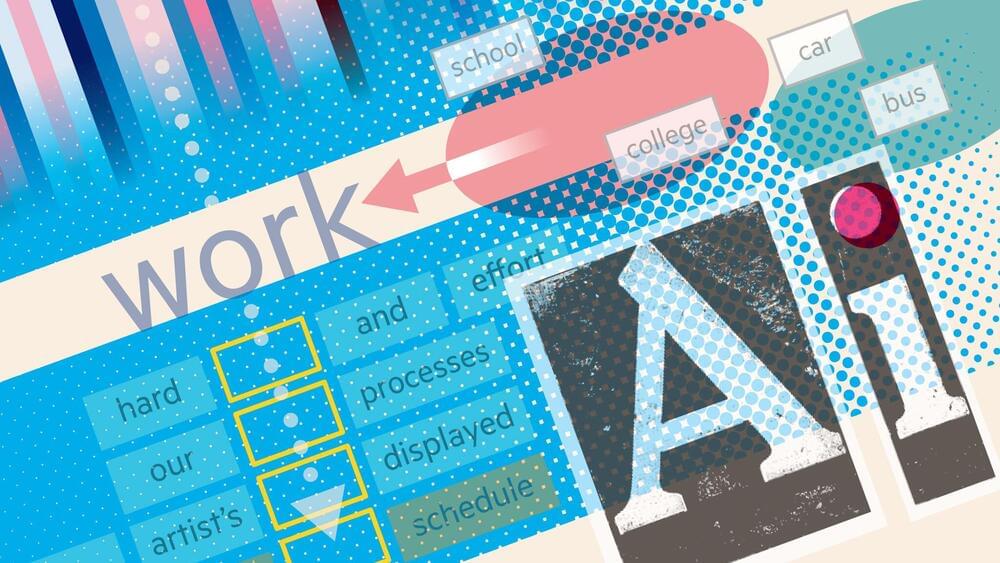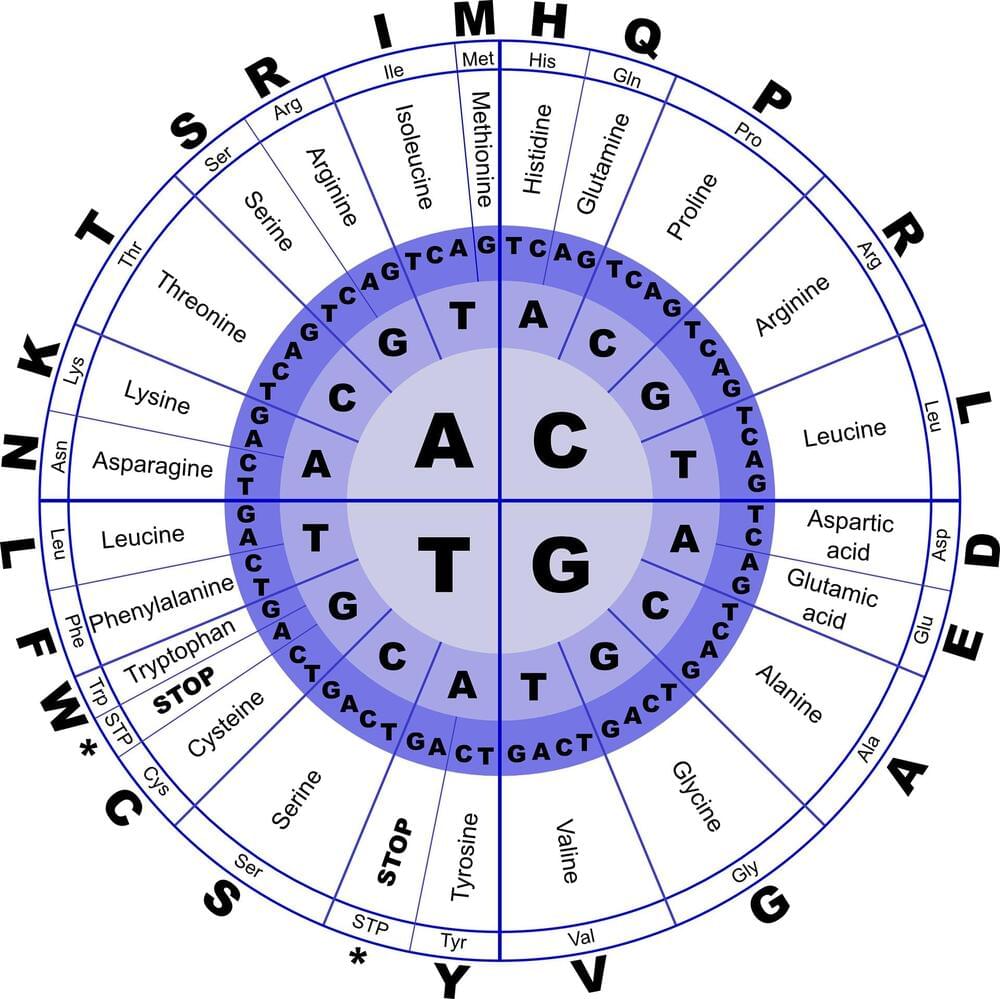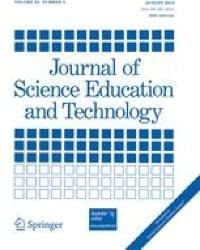Picture a smartphone clad in a casing that’s not just for protection but also doubles as a reservoir of electricity, or an electric car where the doors and floorboard store energy to propel it forward. Such technologies may one day be a reality, thanks to recent work by engineers at the University of California San Diego.
The researchers have developed what’s called a structural supercapacitor—a device that provides both structural support and energy storage capabilities. Such a device could add more power to electronic gadgets and vehicles without adding extra weight, allowing them to last longer on a single charge.
While the concept of structural supercapacitors is not entirely new, it has been a longstanding challenge to create a single device that excels at both bearing mechanical loads and storing electrical energy efficiently. Traditional supercapacitors are great at energy storage but lack the mechanical strength to serve as structural components. On the flip side, structural materials can provide support but fall short when it comes to energy storage.








